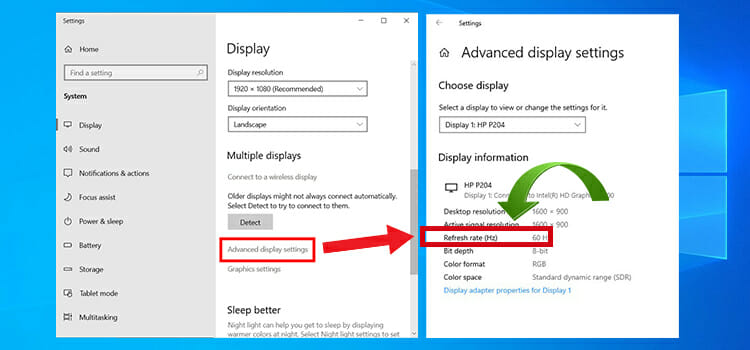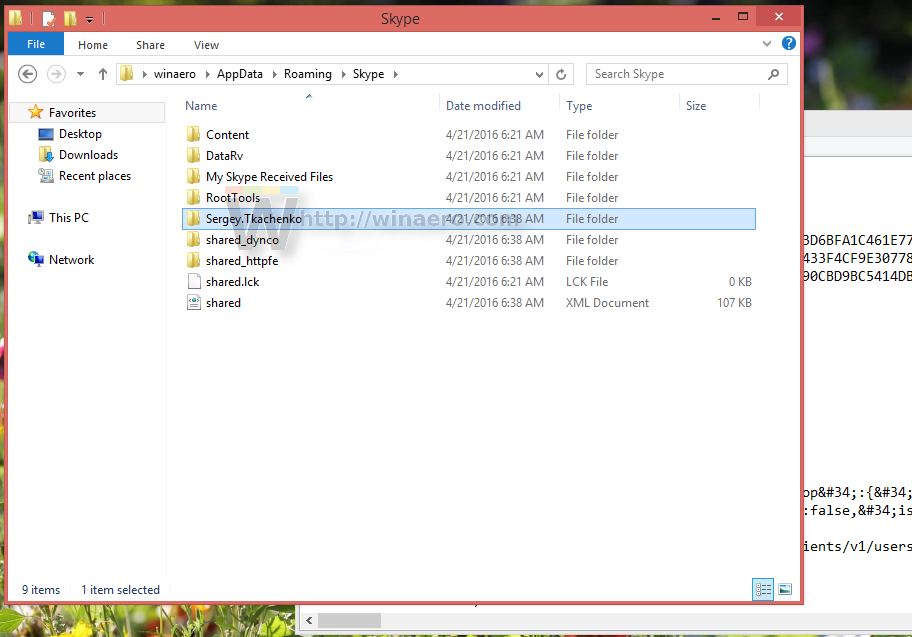
At the end of the link, the name of a Skype contact recipient is appended. You should be aware of links directing to shady Baidu link. One of the most active Skype virus spam campaigns uses infected user’s account to distribute a malicious link which redirects to the shady Forbes rip-off site Coolinfovip(dot)com. In 2016, numerous Skype accounts were hacked and spread links to, , and other popular websites. Hacked Skype accounts spread links to Baidu, LinkedIn, and other fake sites Therefore, language barrier does not prevent the virus from spreading around the globe. However, several users from other countries reported about getting the same message in their native language. However, they received a fake message in Spanish language “esta es una foto muy amable de tu parte.” Back then it mostly aimed at users from Latin America. Once clicked, particular malware is dropped on the system. One of the versions of Skype virus is known for spreading spam message saying “this is a very nice photo of you” which is followed by a link. The virus might send a “very nice photo of you”

The most popular form of Skype virus is spoofed links to well-known websites that are sent from compromised accounts.
MY SKYPE RECEIVED FILES FOLDER LOCATION FULL
You should run a full system scan with Reimage Intego or similar anti-malware software to remove Skype virus. If you have problems with logging in to your Skype account or receive reports from your contacts that they received some shady link from you, you might suspect that your account was compromised. For this reason, sometimes it is difficult to attribute any specific characteristics to Skype spam virus. Besides, hackers have also started connecting the affected computers to botnets which are used to spread a massive amount of spam or initiate other malicious activities. Up until now, hackers have presented several methods used to hack users' accounts.
MY SKYPE RECEIVED FILES FOLDER LOCATION INSTALL
Links that are usually added to such messages are used to download and install the Koobface worm on the computer. The most popular versions of Skype malware have been designed to steal users' personal information, sensitive computer data or to distribute malicious content by sending messages telling “Hey, check this video” or “this is a very nice photo of you” that are followed by a malicious link.įor instance, the Koobface virus, which has been spreading messages featuring links to “shocking” or “hilarious” videos with the user's name (or username) attached. However, bitcoin mining is not the primary goal of the malware.

As a result, the affected machine becomes slow and practically unusable. This infection is used to exploit computers' resources to generate virtual currency. Because of that, sometimes it is referred to as the Bitcoin virus. Previously, Skype network was involved into distribution of Bitcoin-mining malware.


 0 kommentar(er)
0 kommentar(er)
